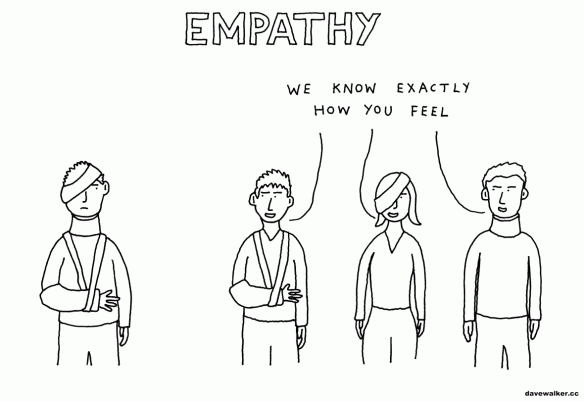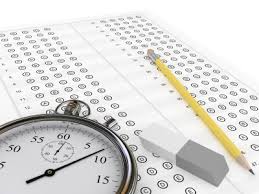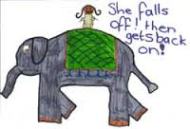Maria Montessori, the educator, physician, innovator, feminist, and mother of the Montessori child-centered method of education is an influence on my holistic approach to learning. One rudimentary Montessori philosophy includes creating a learning environment that stimulates active learning (for more on active listening click here) and community building. How do you do this? As parents, you might think this means covering your child’s walls with posters of multiplication tables or the quadratic formula. Sure, that might be helpful, but that’s not exactly what Dr. Montessori had in mind. To create an environment that stimulates active learning, tap into your child’s interests. Find ways to use those interests (dinosaurs, ballet, rap music, photography, gardening, drawing) as motivating forces. Inquisitiveness breeds empowerment, and the more a child can discover the interconnectedness of the world, the more apt he or she will want to engage with it in a meaningful way. In practical terms, create a safe, empowering, and, yes, “cool” study environment for your child, whether he or she is 6 or 16. Trust me, even adolescents will appreciate the gesture, (though they might have more of a say into creating a study space than a six-year-old).
As test season is upon us, here are a couple of principles to bear in mind: these are principles that are valuable human qualities that standardized tests do not measure. Fill your child’s study space with reminders of these qualities. Perhaps you can create a craft project with your child or use refrigerator magnets to spell out these words to remind young people that the following qualities have just as much value (if not more) than the SAT word of the day:
CREATIVITY, CRITICAL THINKING, RESILIENCE, PERSISTENCE, HUMOR, EMPATHY, SPONTANEITY, RESOURCEFULNESS, CURIOSITY, MOTIVATION, RELIABILITY, LEADERSHIP, ENTHUSIASM, SENSE OF WONDER, HUMILITY
If you need to speak your child’s language, add a hashtag. #justdoit and remember the power of words (hey, I still love encouraging texts from my parents). These signifiers, or reminders, will reinforce how much you believe in your child or adolescent, who has so much to offer the world.









